#Jean-Louis Richard
Text
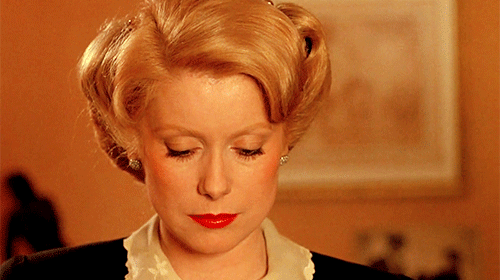
.
It takes two to love, as it takes two to hate. And I will keep loving you, in spite of yourself. My heart beats faster when I think of you. Nothing else matters.
The Last Metro (Le dernier métro), François Truffaut (1980)
#François Truffaut#Suzanne Schiffman#Catherine Deneuve#Gérard Depardieu#Jean Poiret#Andréa Ferréol#Paulette Dubost#Jean-Louis Richard#Sabine Haudepin#Maurice Risch#Heinz Bennent#Jean-Pierre Klein#László Szabó#Martine Simonet#Richard Bohringer#Néstor Almendros#Georges Delerue#Martine Barraqué#1980
28 notes
·
View notes
Text
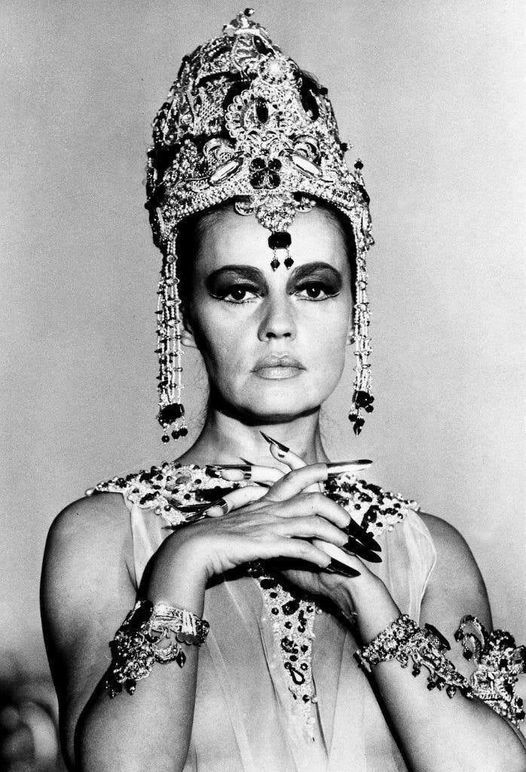
Jeanne Moreau photographiée par Jean Magis dans "Mata Hari, agent H 21" réalisé par Jean-Louis Richard sorti en 1964
20 notes
·
View notes
Text
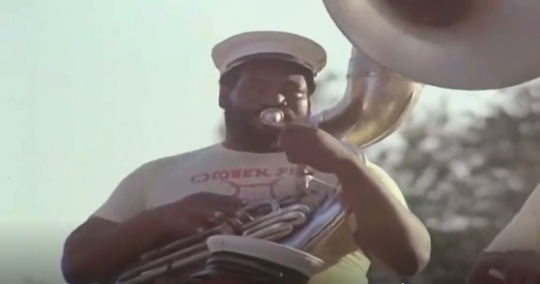

Le déclic (1985)
2 notes
·
View notes
Text


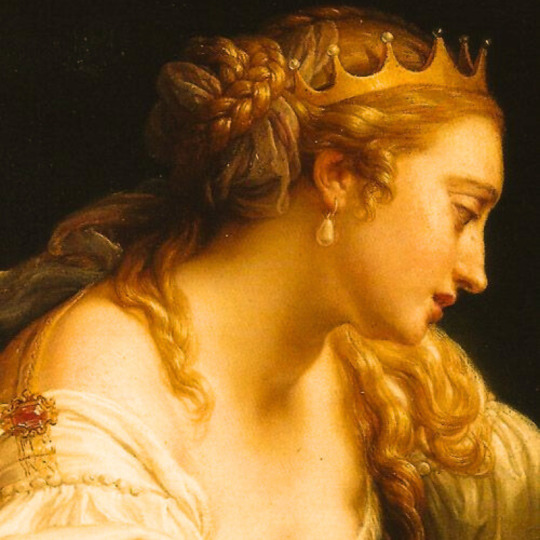
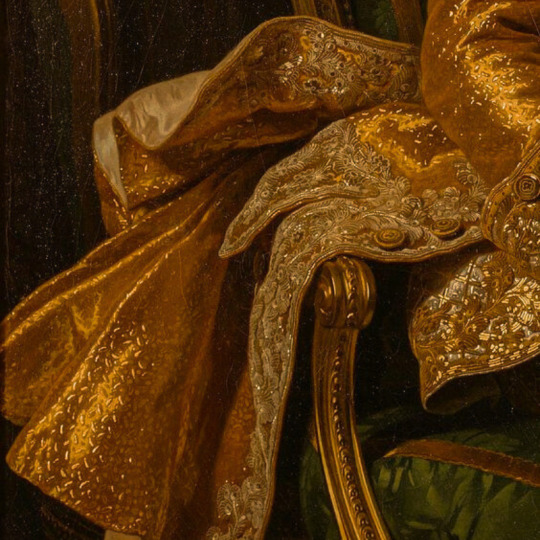
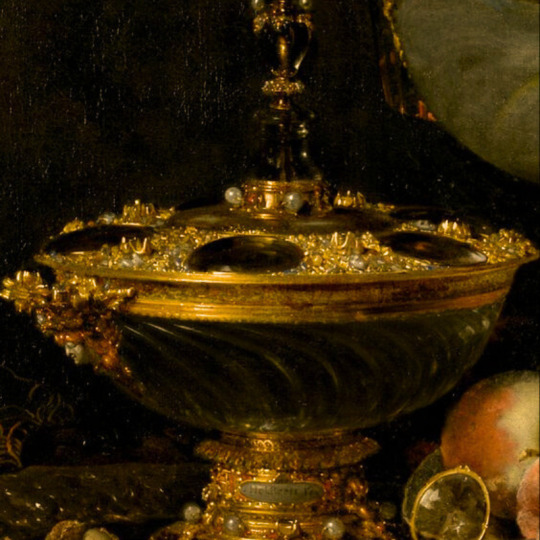
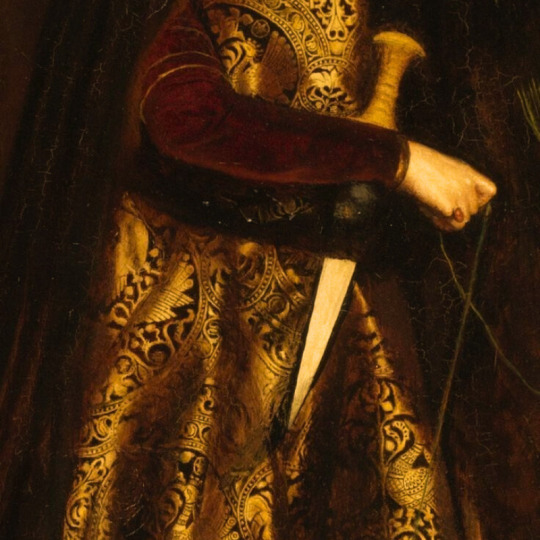
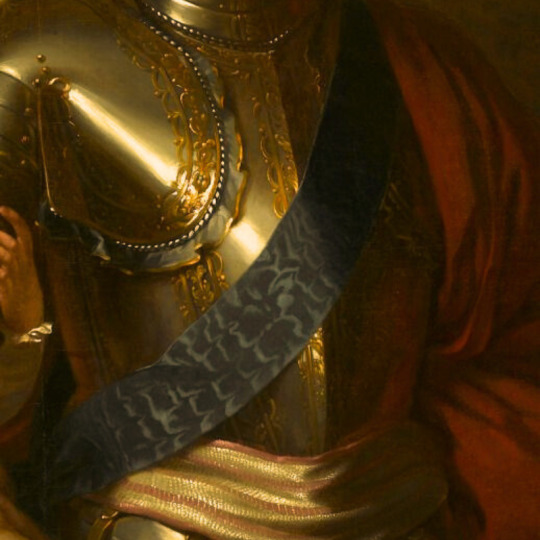
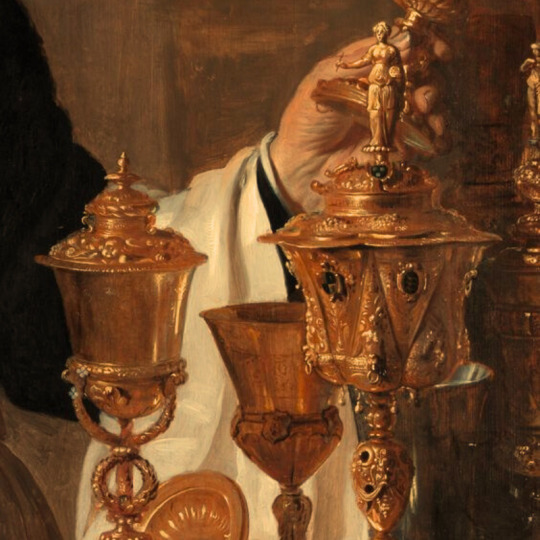





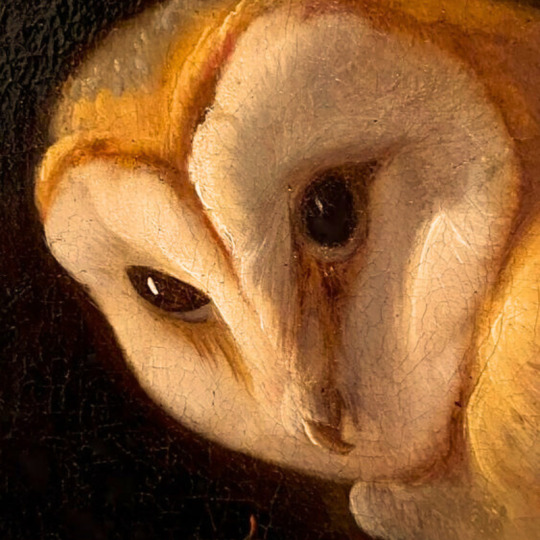

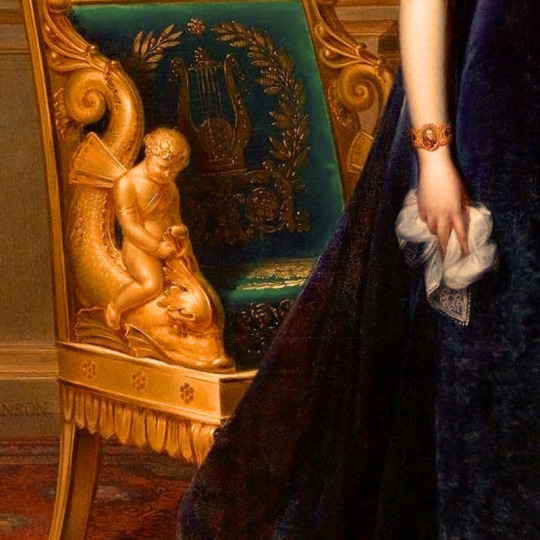
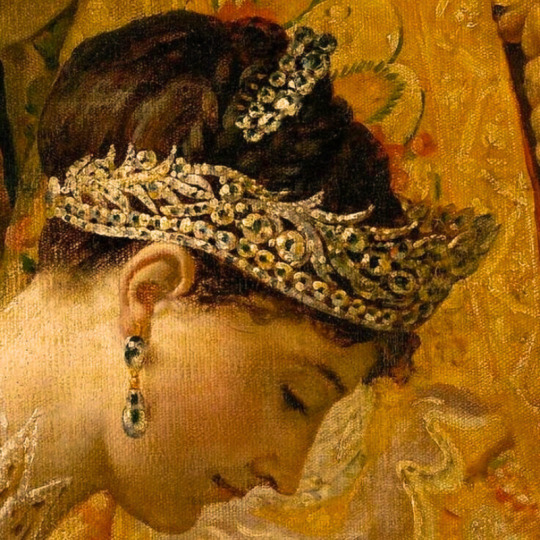
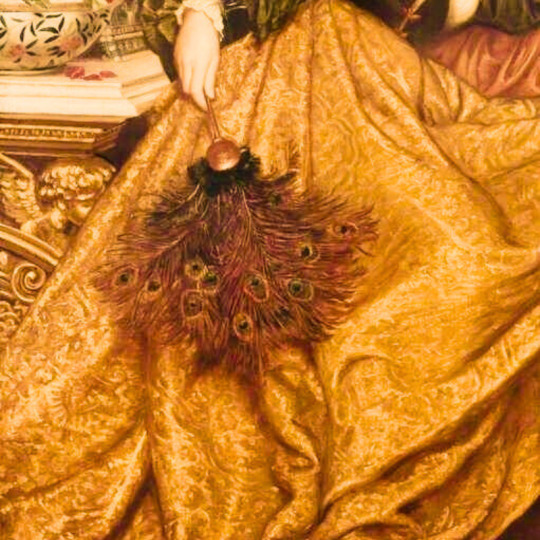

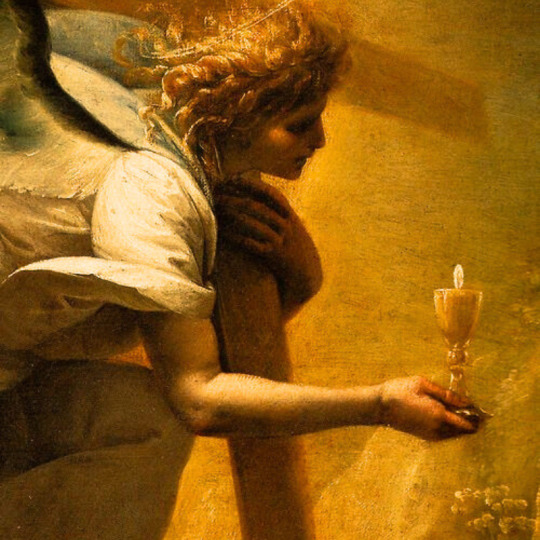



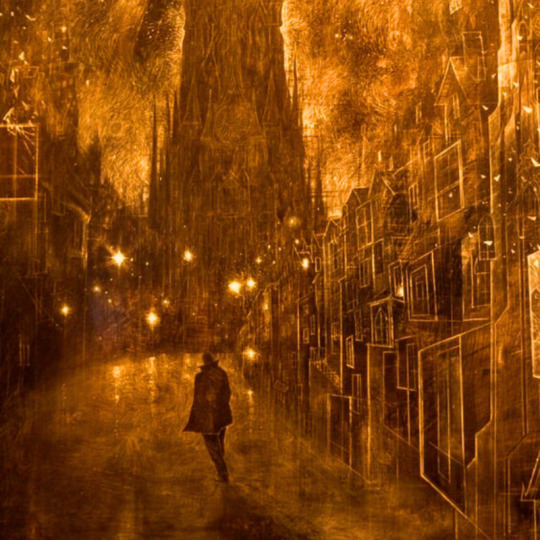
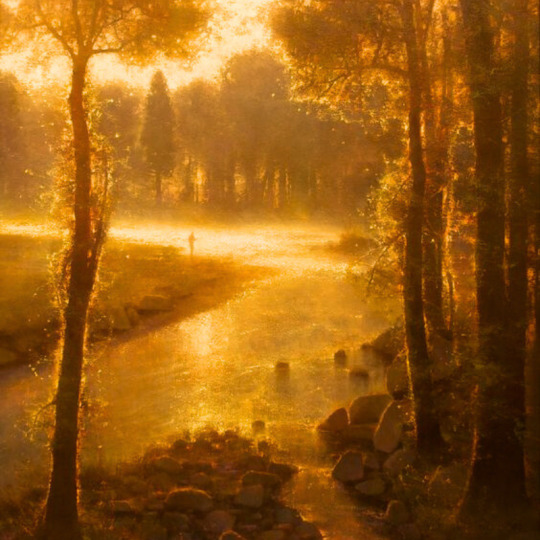

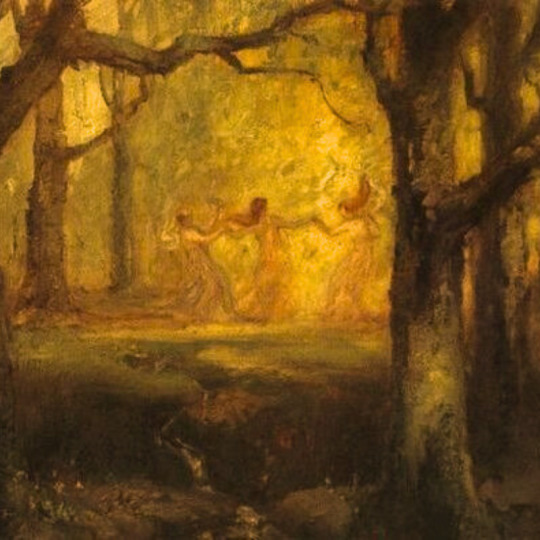
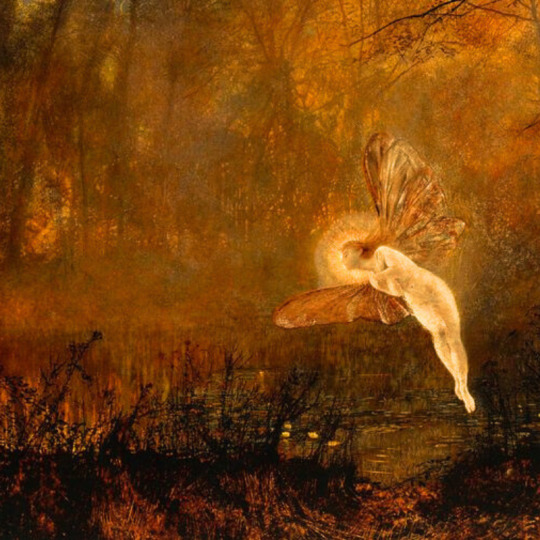


gold + art
#artist is john hoppner#artist is thomas gainsborough#artist is pompeo batoni#artist is alexander roslin#artist is william kalf#artist is frank cadogan cowper#artist is johann baptist von lampi the elder#artist is cornelis de vos#artist is albert sorkau#artist is by antonine de favray#artist is cornelis de vos-#artist is scipione pulzone#artist is martin van meytens#artist is jean-auguste-demonique ingres#cant find artist#artist is louis michel van loo#cant find artist-#artist is jacques-louis david#artist is valentine cameron prinsep#artist is j kirk richards#i think the artist is giovanni bellini#--cant find artist#---cant find artist#----cant find artist#artist is chris polasko#artist is brett cotton#artist is masaaki sasamoto#artist is hermann hendrich#artist is john atkinson#artist is victor prouve
1K notes
·
View notes
Text
I was reading this article about French paintings of fairytales, and I decided to share some of them with you! Because while France has a long and rich history of fairytale illustrations (the peak of the iceberg being Gustave Doré's illustrations of Perrault's fairytales), it also has several famous fairytale paintings. Some of these include...
Jean-Louis Demarne's "Little Thumbling" (Petit Poucet ; Hop o' my thumb)
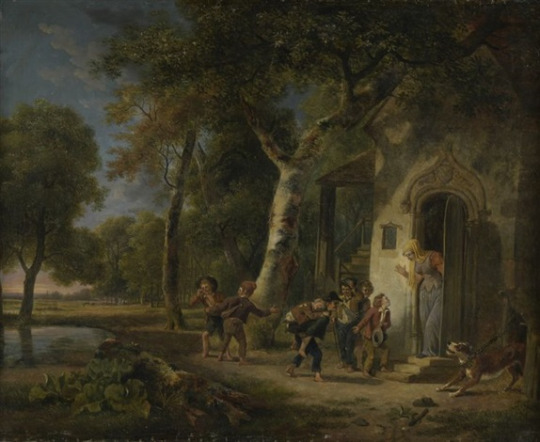
And Fleury François Richard's Little Red Riding Hood:

But we also have an entire series of fairytale paintings created by a same artist, Jean-Antoine Laurent. Unfortunately a lot of these fairytale paintings were lost (we know he did a "Fairy Urgèle" and a "Little Red Riding Hood" lost today) but we have preserved some. Including his "Cinderella trying the glass slipper"...

... his "Cinderella" (sometimes called "Cinderella with the cat" to differentiate it from the painting above)...
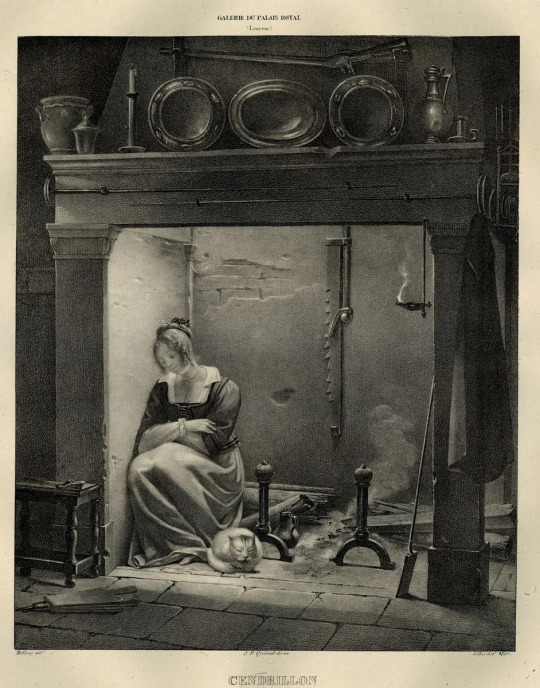
... and his "Donkey skin".

#painting#art#fairytale paintings#french paintings#cinderella#donkey skin#little red riding hood#little thumbling#jean-antoine laurent#fleury françois richard#jean-louis demarne
53 notes
·
View notes
Photo


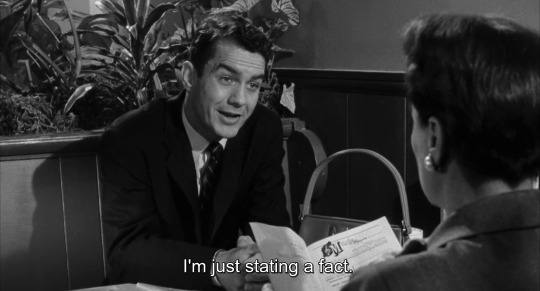
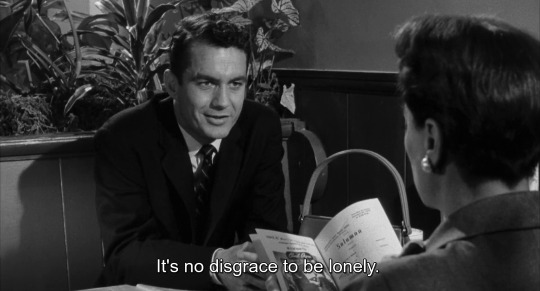
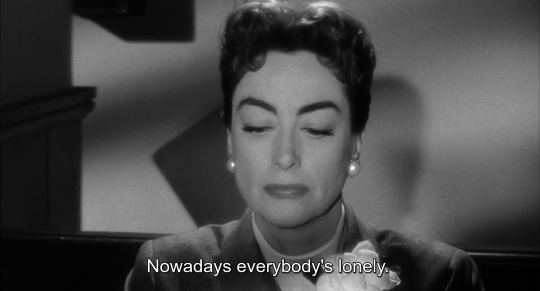

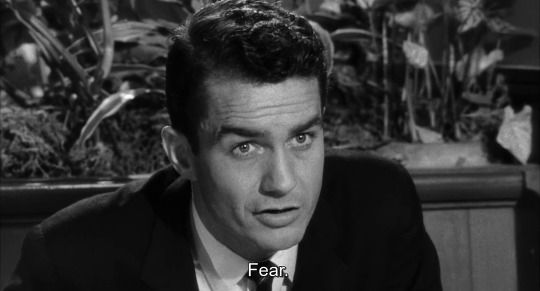

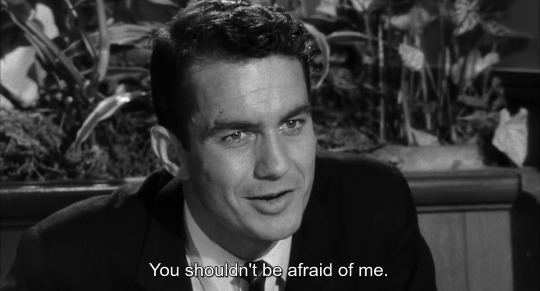
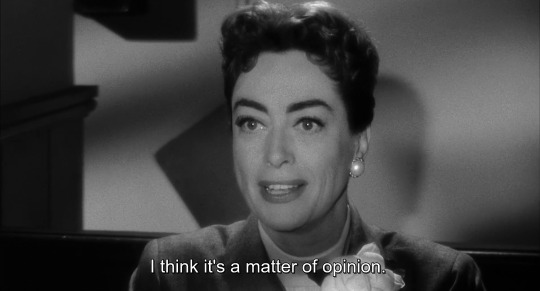
Autumn Leaves (Richard Fleischer, 1956).
#autumn leaves#autumn leaves (1956)#richard fleischer#joan crawford#cliff robertson#charles lang#michael luciano#william glasgow#eli benneche#jean louis#jean rouverol#hugo butler#lewis meltzer#jack jevne
40 notes
·
View notes
Text
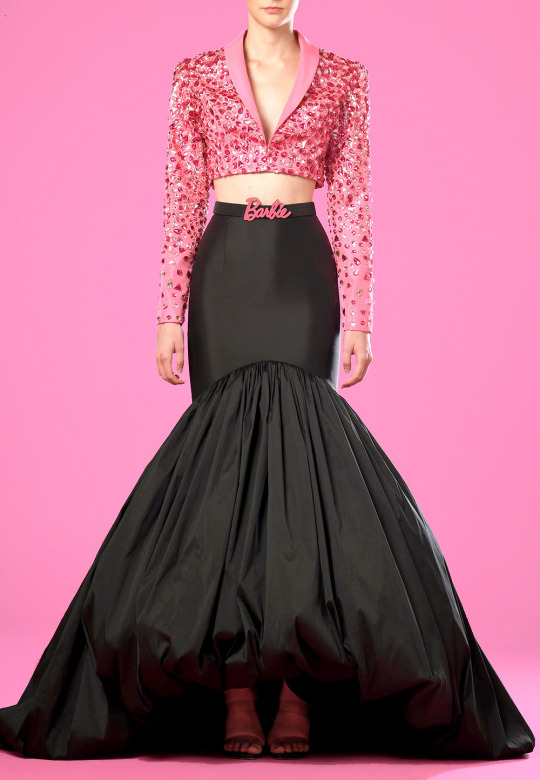


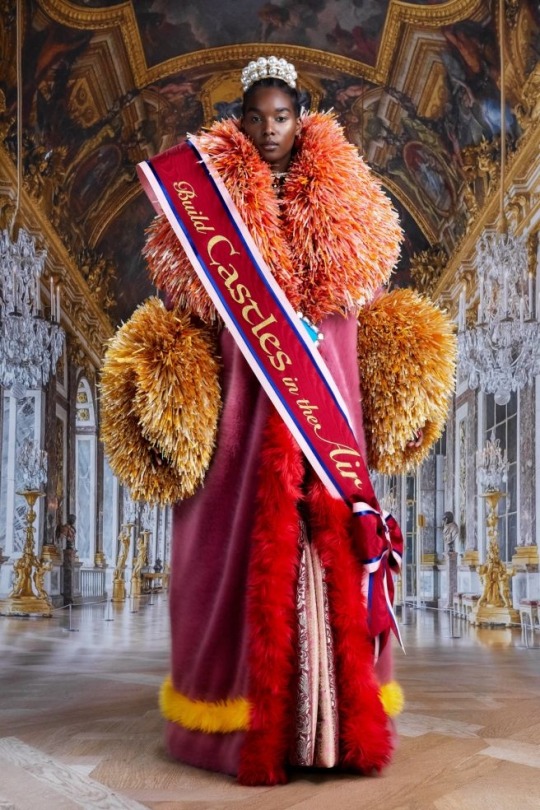

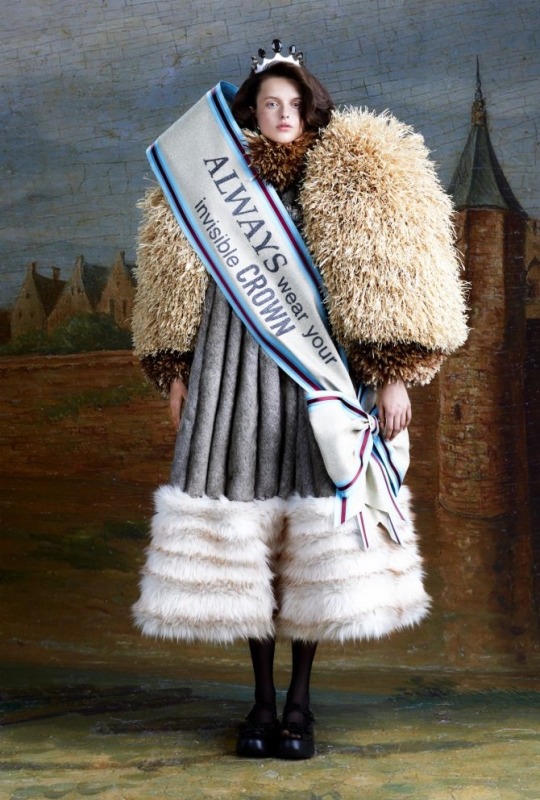



Issa Rae Moodboard for the Barbie Premiere
This Barbie is President!
#Issa Rae#couture#Barbie#barbie 2023#barbie movie#Barbie film#haute couture#fashion#high fashion#designer fashion#Versace#jean louis sabaji#richard quinn#moschino#viktor and rolf#mine#greta gerwig#margot robbie#Ryan gosling#insecure#styling Barbie
42 notes
·
View notes
Text
Opéra de Nuit - Amour Noir (Music Video) (Les Vampires 1915)
youtube
#opéra de nuit#amour noir#erick adrien#franck adrien#richard fekkar#jean françois chaleyssin#new wave#post punk#coldwave#synthpop#darkwave#goth#12'' single#1984#louis feuillade#les vampires#musidora#1915#Youtube
2 notes
·
View notes
Text
Capétiens vs Plantagenêts: a matter of suzerainty.
It was also his position as suzerain which gave Louis VII the chance of interfering in and inflaming the quarrels which raged in the Angevin family. This was an effective means of weakening his great antagonist. Henry II and Eleanor produced a large family, and reared four of their sons to the age at which custom demanded that they should be provided for. Their eldest son Henry was granted Normandy in October 1160 and was associated with his father on the throne of England in 1170. Richard was given Aquitaine in 1169 and Geoffrey Brittany in 1175. John, the youngest child of Henry and Eleanor, was not old enough to be entrusted with any estates until the very last years of his father's reign, and by the time he came of age all the available lands had been given away. As Duke of Normandy, Duke of Aquitaine, Count of Poitiers, the sons of Henry II came to perform homage to the King of France and became his men. It was in vain that Henry II sought to utilise the Norman procedure of pariage to maintain the unity of his continental territories in favour of his eldest son, the "Young King" Henry. (Under pariage the eldest son succeeded to all the heritable property and was alone answerable for it to the suzerain; each of his brothers received a share, but held it of him). This device could not be put into full operation in Aquitaine, which was not part of Henry's heritage but Eleanor's. And when she granted it to Richard, he owed homage not to his father or his eldest brother, but to the King of France. The Young King Henry had done homage as Duke of Normandy to Louis VII in October 1160. When he repeated his homage in 1170 it was made to embrace Anjou, Maine, and Brittany as well. At the same time Richard did homage to Louis for Aquitaine.
It is true that in 1174 Henry II compelled his sons to perform homage to him after their rebellion, but this new homage did not necessarily annul their homages to the King of France. Henry II himself had done homage to Louis VII in 1151 and again in 1169, and was to perform it yet again to Louis's successor, Philip Augustus, in 1180. Thus throughout the conflict between Louis VII and Henry II the French king's suzerainty was affirmed and recognised. This did not save Louis from defeats at his vassal's hands. Nevertheless, to judge from the Toulouse affair in 1159, Louis' suzerainty occasionally cramped Henry's style, and put him in the wrong in the eyes of contemporaries, including the barons of his continental fiefs. To play the rebel vassal was hardly prudent for a king when many of his own vassals were rebelliously inclined. It was not that the idea of rebellion itself shocked feudal society. On the contrary, it was one of the legitimate courses open to a vassal needing to safeguard his rights against the encroachments of his suzerain. But in the disputes between Louis VII and Henry II, Henry was the law-breaker as well as the vassal in revolt. For his rebelliousness against an impeccable suzerain there could be no justification.
It may be objected that Louis VII was constantly intriguing with Eleanor of Aquitaine and with Henry II's sons. But after all Eleanor, as Duchess of Aquitaine, was herself a royal vassal. Two of Henry's sons had done homage to Louis. Another, Geoffrey, by dint of his father's vassalage, was the French king's rear-vassal. And the king had, as suzerain, not merely the right but the duty to concern himself with the welfare and harmony of his great vassal's family, to ensure that a proper settlement was made on the sons. It would be unfair to accuse Louis of hypocrisy; nor did Henry ever complain that the French king was making trouble in his family. Louis' own grievances against Henry were many and varied, and Henry never made a serious effort to deny their validity.
Thus from 1154 to 1180 Henry II had the appearance of a vassal engaged in unjustifiable revolt against his suzerain. This line of conduct undermined his own position. It constantly reminded the baronage of the Angevin fiefs that the King of France was Henry's suzerain- if only because his suzerainty was so often invoked. And it helped to prevent the fusion of the individual elements of the Angevin empire on the continent. Provincial separation, already too strong for Angevin rule to subdue, was reinforced.
Robert Fawtier- The Capetian Kings of France
#xii#robert fawtier#the capetian kings of france#louis vii#henry ii of england#aliénor d'aquitaine#henry the young king#richard the lionheart#geoffrey plantagenêt#john lackland#jean sans terre
7 notes
·
View notes
Photo
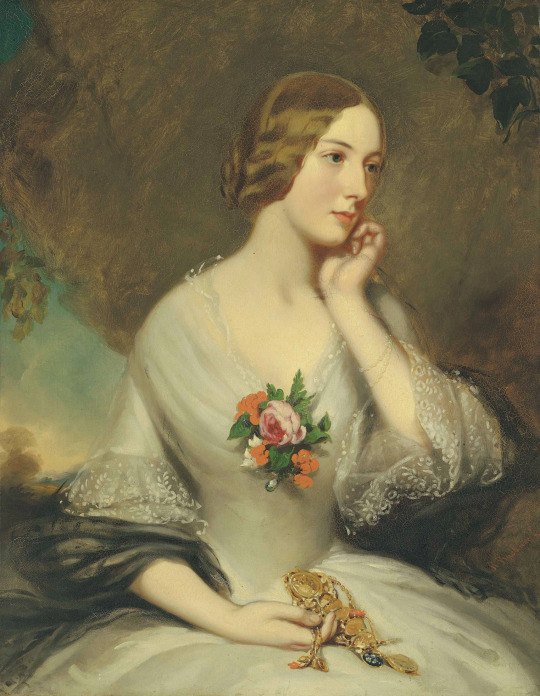

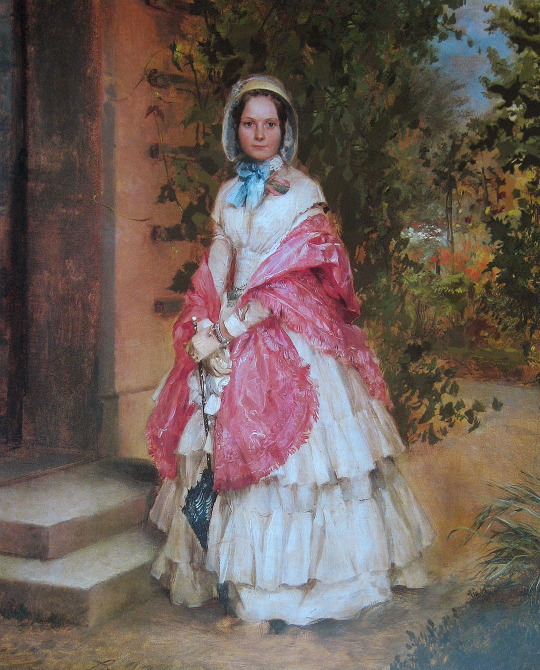
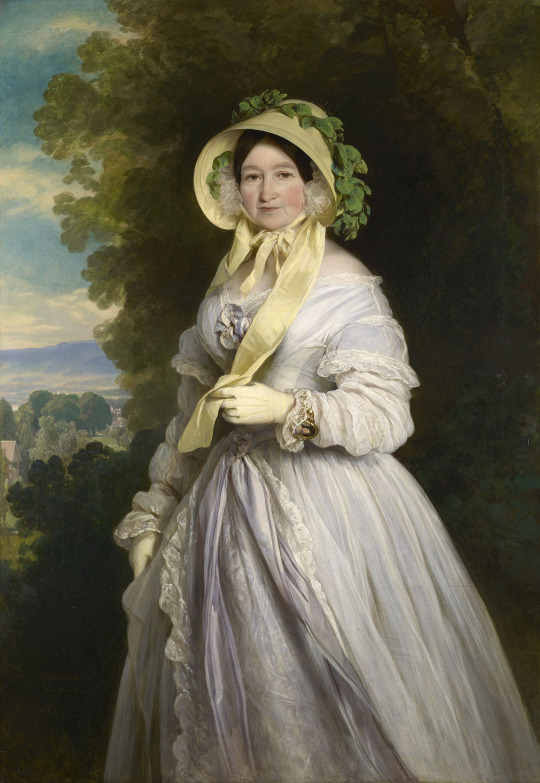
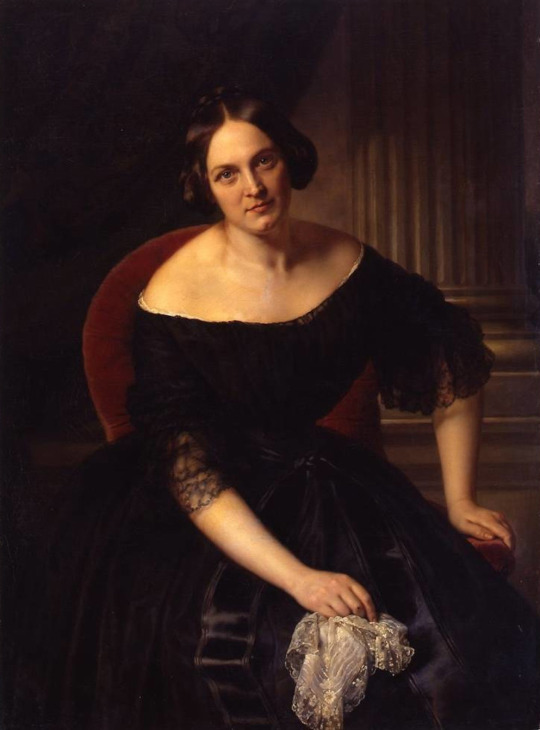
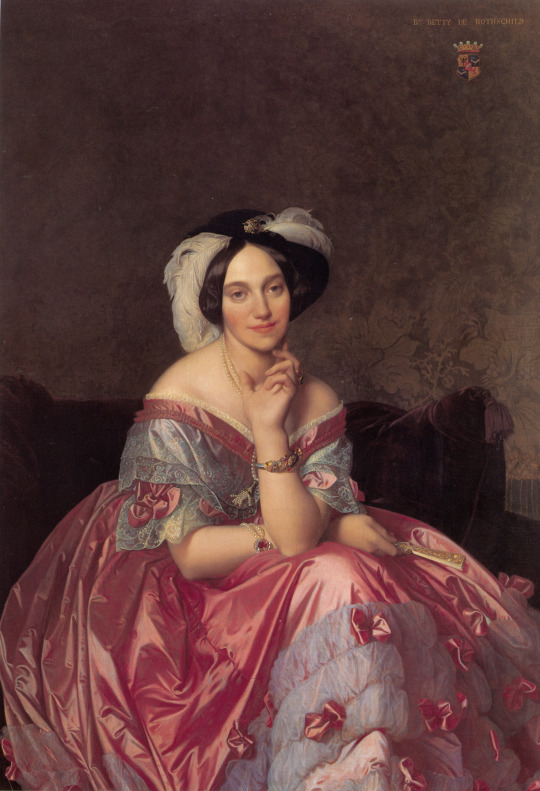
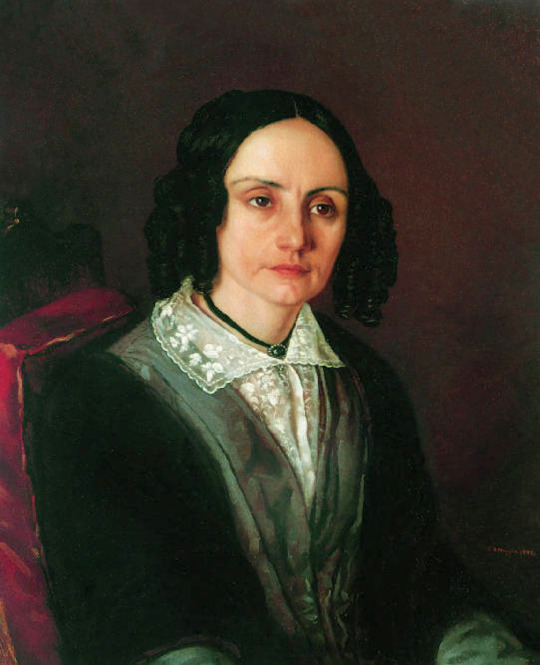
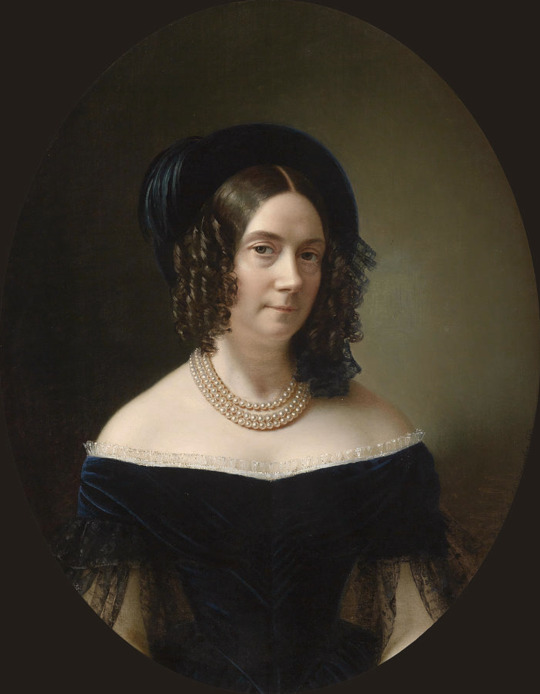
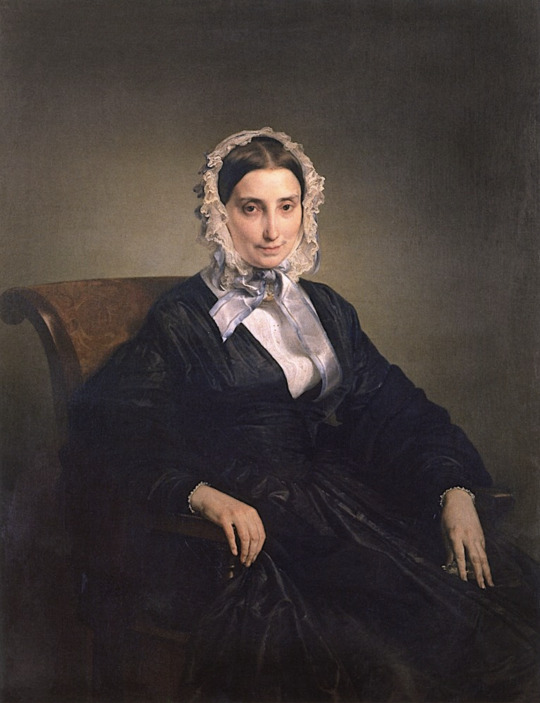
1848 Dresses in Art -
Top: ca. 1848 (based on the date of her marriage) Elizabeth Baring, née Sturt by Richard Buckner (auctioned by Christie's). From their Web site 1523X1964 @72 5Mp.
Second row: 1848 Isabel II by Federico de Madrazo y Kuntz (Museo Nacional del Prado - Madrid, Spain) From museum's Web site 1161X1883 @96 1.1Mj.
Third row left: 1848 Clara Schmidt von Knobelsdorff by Adolph von Menzel (Nationalgalerie Berlin). Probably from Wikimedia; removed cracks and spots in bckgnd w Pshop 1618X2007 @72 2.4Mj.
Third row right: 1848 Juliana, Princess of Saxe-Coburg-Saalfeld, the Grand Duchess Anna Feodorovna of Russia by Franz Xaver Winterhalter (Royal Collection). See caption.
Fourth row: 1848 Wilhelmine Schröder-Devrient by Carl Joseph Begas (Galerie Neue Meister - Dresden, Sachsen, Germany). From Wikimedia; expanded to fit screen 993 X1343 @300 244kj.
Fifth row: 1848 Betty de Rothschild, Baronne James de Rothschild by Jean-Auguste Dominique Ingres (location ?). From Wikimedia 2018X2956 @300 2.3Mj. No review of Victorian fashion can be complete without this portrait!
Sixth row left: 1848 M. N. Volkonskaya by Carl Peter Mazer (location ?). From Wikimedia; fixed spots with Pshop, filled shadows 25%, and sized to screen 1056X1300 @72 322kj.
Sixth row right: 1848 Maria Dorothea Duchess of Wuerttemberg by Anton Einsle (location ?). From fineartamerica.com/featured/maria-dorothea-duchess-of-wuerttemberg-anton-einsle.html 1652X2124 @144 2.9Mp.
Seventh row: 1847-1848 Teresa Borri, widow of Stampa, 2nd wife of Alessandro Manzoni by Francesco Hayez (Pinacoteca Tosio Martinengo - Brescia, Lombadia, Italy). From Art Renewal Center; removed more obvious spots with Photoshop 1998X2602 @144 5.1Mp.
#1848 fashion#Romantic era fashion#Louis-Phillipe fashion#early Victorian fashion#Elizabeth Baring#Richard Buckner#fichu#wavy hair#reina Isabel II#Federico de Madrazo y Kuntz#off shoulder neckline#lace bertha#Clara Schmidt von Knobelsdorff#Adolph von Menzel#Grand Duchess Anna Feodorovna#Franz Xaver Winterhalter#Wilhelmine Schröder-Devrient#Carl Joseph Begas#Betty de Rothschild#Jean-Auguste Dominique Ingres#off shoulder V neckline#M. N. Volkonskaya#high neckline#lace collar#Maria Dorothea von Württemberg#Anton Einsle#Teresa Borri#Francesco Hayez#bonnet
20 notes
·
View notes
Photo


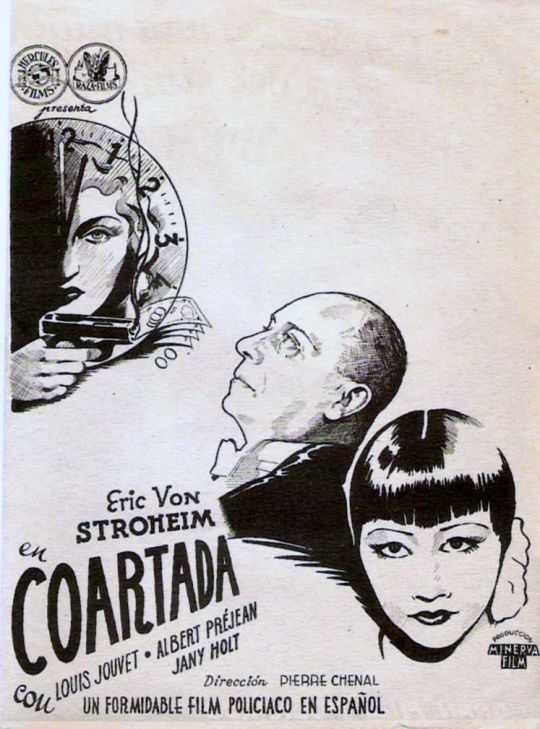



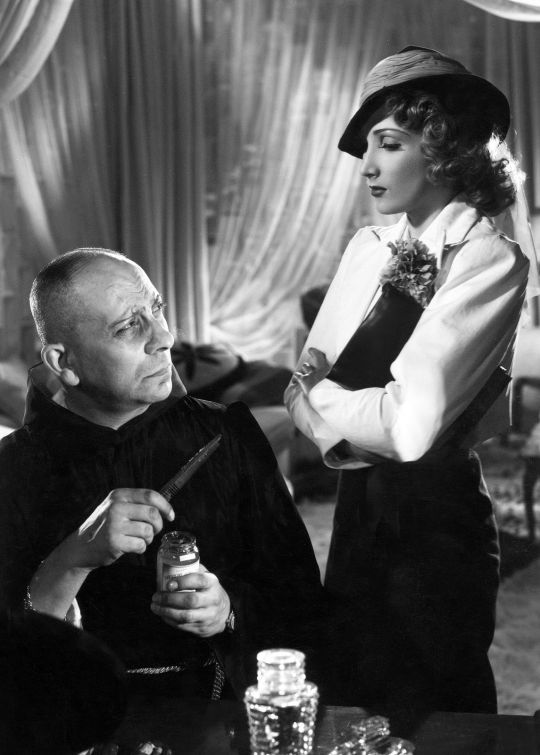

Alibi (L’alibi) (The Alibi) (1937) Pierre Chenal
June 7th 2023
#alibi#l'alibi#the alibi#1937#pierre chenal#erich von stroheim#jany holt#albert prejean#louis jouvet#margo lion#roger blin#florence marly#foun-sen#philippe richard#jean temerson
3 notes
·
View notes
Text

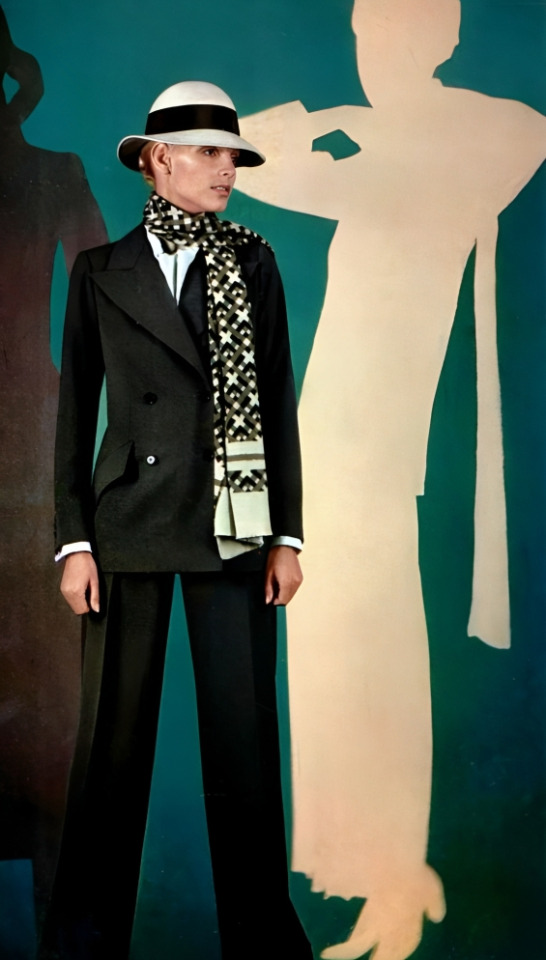
Yves Saint Laurent Spring/Summer 1970 Haute Couture Collection. Jean Shrimpton in a trouser suit. Pumps by Roger Vivier. Photo Richard Avedon.
Color photo Jean-Louis Guégan. Model not identified.
Yves Saint Laurent Collection Haute Couture Printemps/Été 1970. Jean Shrimpton en tailleur pantalon .Escarpins de Roger Vivier. Photo Richard Avedon.
Photo couleur Jean-Louis Guégan. Modèle non identifié.
#ysl#yves saint laurent#collection haute couture#french designer#french style#fashion 70s#1970#spring/summer#printemps/été#roger vivier#jean shrimpton#richard avedon#pant suit#tailleur pantalon#jean-louis guégan
2 notes
·
View notes
Text
THE TAKING OF POWER BY LOUIS XIV:
King’s mundanities
death of a chief advisor
Must lead on his own
youtube
#the Taking of Power by Louis the 14th#the taking of power by Louis the fourtheenth#the taking of power by Louis XIV#random richards#poem#haiku#poetry#haiku poem#poets on tumblr#haiku poetry#haiku form#criterion collection#roberto rossellini#Jean Pierre Patte#Philippe Erlanger#Jean Grault#Jean Gruault#Youtube
1 note
·
View note
Text
Confidentially Yours

Confidentially Yours [trailer]
After he's implicated in several murders, a real estate agent hides out from the cops while his intrepid secretary does some private investigating of her own to locate the killer.
Entertaining homage to film noir and Alfred Hitchcock that doesn't take itself too seriously.
Fanny Ardant looks stunning in black and white. You can't take your eyes off of her.
#Confidentially Yours#Vivement dimanche#François Truffaut#Fanny Ardant#Jean Louis Trintignant#Philippe Laudenbach#Philippe Morier Genoud#Caroline Silhol#Jean Louis Richard#Jean Pierre Kalfon#foreign#France#recommended#black and white
4 notes
·
View notes
Text
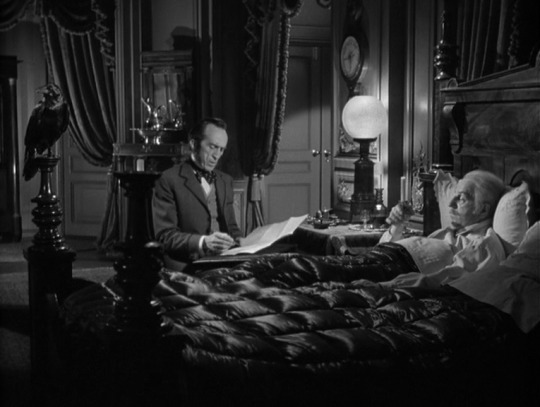



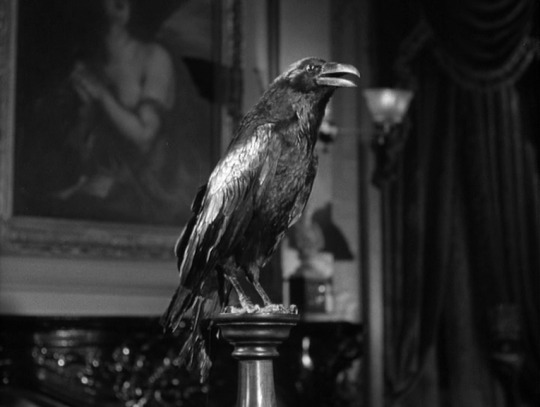

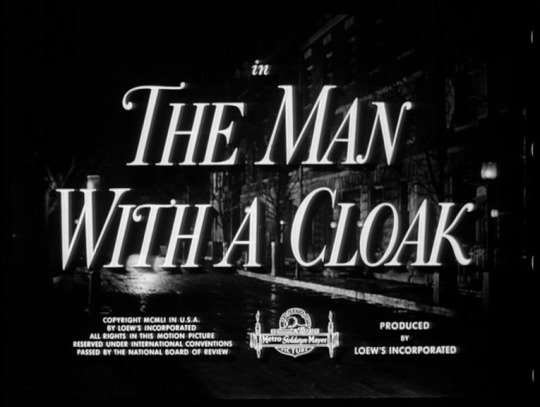

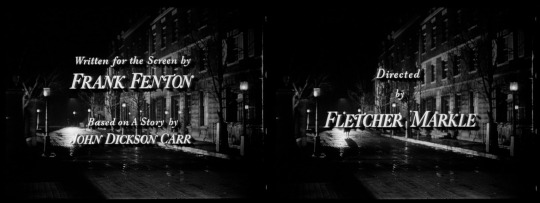
I'm in an interesting house. Handsomely upholstered in margue, with an old and dying reprobate as master, butler like a professional wrestler, and his housekeeper, she was once the toast of an era.
The Man with a Cloak - Fletcher Markle (1951)
#Fletcher Markle#The Man with a Cloak#The Gentleman from Paris#John Dickson Carr#crime#thriller#Dupin#Joseph Cotten#Barbara Stanwyck#Louis Calhern#Leslie Caron#Joe De Santis#Jim Backus#Margaret Wycherly#Richard Hale#Nicholas Joy#Roy Roberts#Mitchell Lewis#Jean Inness#Francis Pierlot#François Villon
1 note
·
View note
Text
Gli elementi
Jean-Féry Rebel (18 aprile 1666 - 1747): Les Élémens, «simphonie nouvelle» (1737). Le Concert des Nations, dir. Jordi Savall.
Ispirata dall’omonimo balletto di Michel-Richard Delalande e André-Cardinal Destouches, che Rebel aveva diretto alle Tuileries di Parigi il 3 dicembre 1721, fu eseguita la prima volta come azione coreografica — interpreti, fra gli altri, Françoise Prévost (futura…
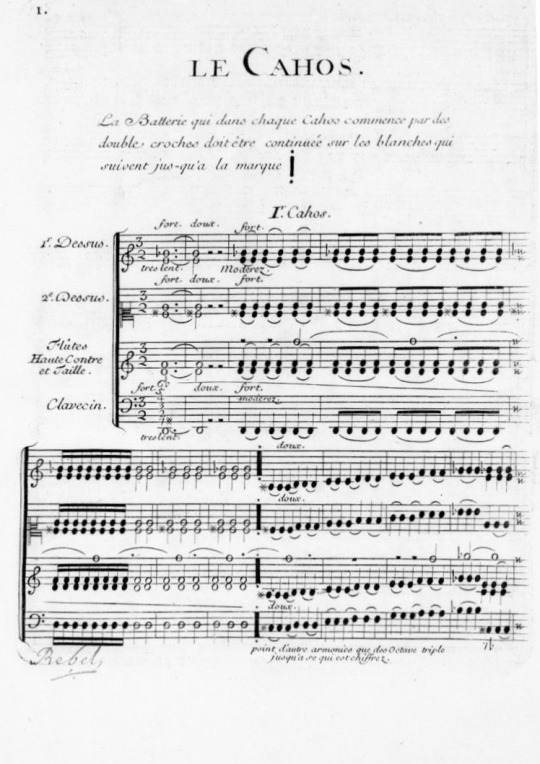
View On WordPress
#André-Cardinal Destouches#David Dumoulin#Françoise Prévost#Jean-Baptiste Lully#Jean-Féry Rebel#Jordi Savall#Le Concert des Nations#Louis Dupré#Marie Sallé#Michel-Richard Delalande
0 notes